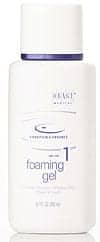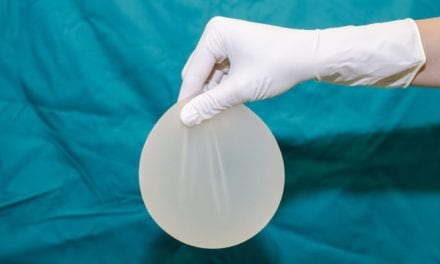By Wendy Lewis
As cosmetic scientists look toward the world of wound healing and antiaging medicine for new ingredients and delivery systems, cosmetic beauty treatments have truly merged into the mainstream.
One recent trend is 20-something women who consistently use wrinkle-relaxing injections to delay the first signs of crow’s feet and glabellar creases. This trend will force more skin care formulators to seek new antiaging products beyond garden-variety topical anti-wrinkle creams.
Cosmeceuticals can fall loosely into the categories of products that are preventative or reparative. For example, sunscreen is preventative, whereas peptides would be considered reparative. Antioxidants are considered the most preventative type of skin care agents other than sun blocks.
Prevention is usually a more difficult message to sell to consumers eager for a quick fix. While preventative products won’t necessarily provide visible results, they offer cumulative benefits that may not be seen for years.
Going forward, we can expect to see an increase in new patents and advanced technology. In addition, more clinical testing will become mandatory as brands attempt to convince buyers of the validity of product claims. Consumers will advance their knowledge via word-of-mouth and online conversation before making a purchase.
The continuing trend of firms creating truly effective antiaging treatments is prompting beauty brands to look beyond traditional formulations to discover more effective, science-driven alternatives.
Despite the abundance of organic and natural brands, there has been a pendulum shift to science in beauty. There is increased focus on immediate results with clinically validated products and claims, which marks a giant leap from the ubiquitous "dermatologist-tested" or "ophthalmologist-tested" notices on product labeling that just doesn’t pass the consumer smell test anymore.
More.



